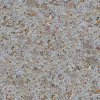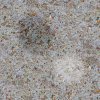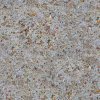Hello all
I have a question about a method that I feel is really simple but that I just can't figure out.
I have an image here, a product on grey seamless, and the rgb values across the seamless vary. In the top left the rgb values are around 200 - 208, in the bottom right the values are around 160 - 180. I need to make the values of the background close to consistent all around, however without just painting in a solid grey. There needs to remain some texture of the actual seamless. The result should be like the second image. Is there a way to achieve this fairly quickly and easily?
Any help at all would be extremely appreciated


I have a question about a method that I feel is really simple but that I just can't figure out.
I have an image here, a product on grey seamless, and the rgb values across the seamless vary. In the top left the rgb values are around 200 - 208, in the bottom right the values are around 160 - 180. I need to make the values of the background close to consistent all around, however without just painting in a solid grey. There needs to remain some texture of the actual seamless. The result should be like the second image. Is there a way to achieve this fairly quickly and easily?
Any help at all would be extremely appreciated







